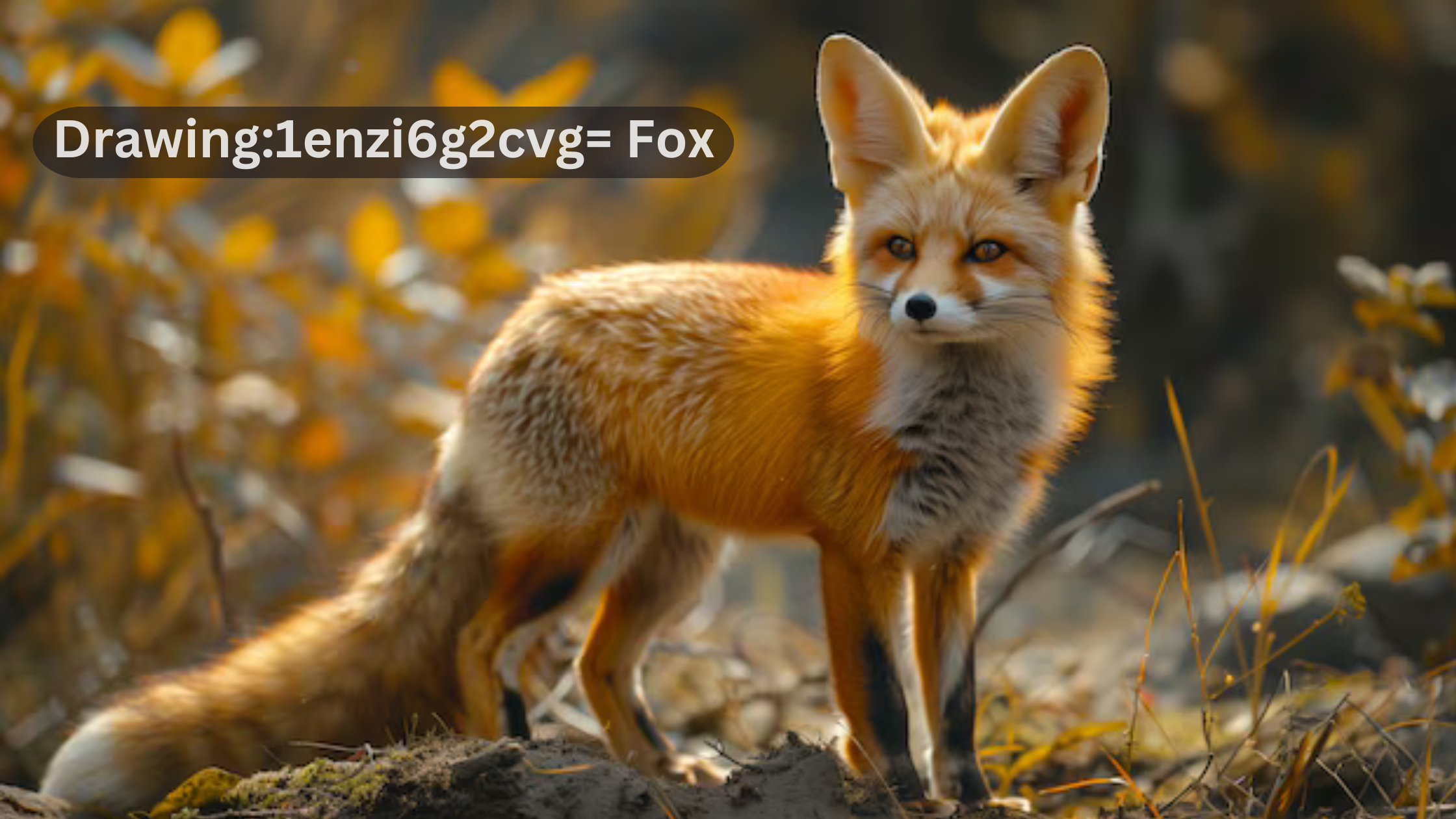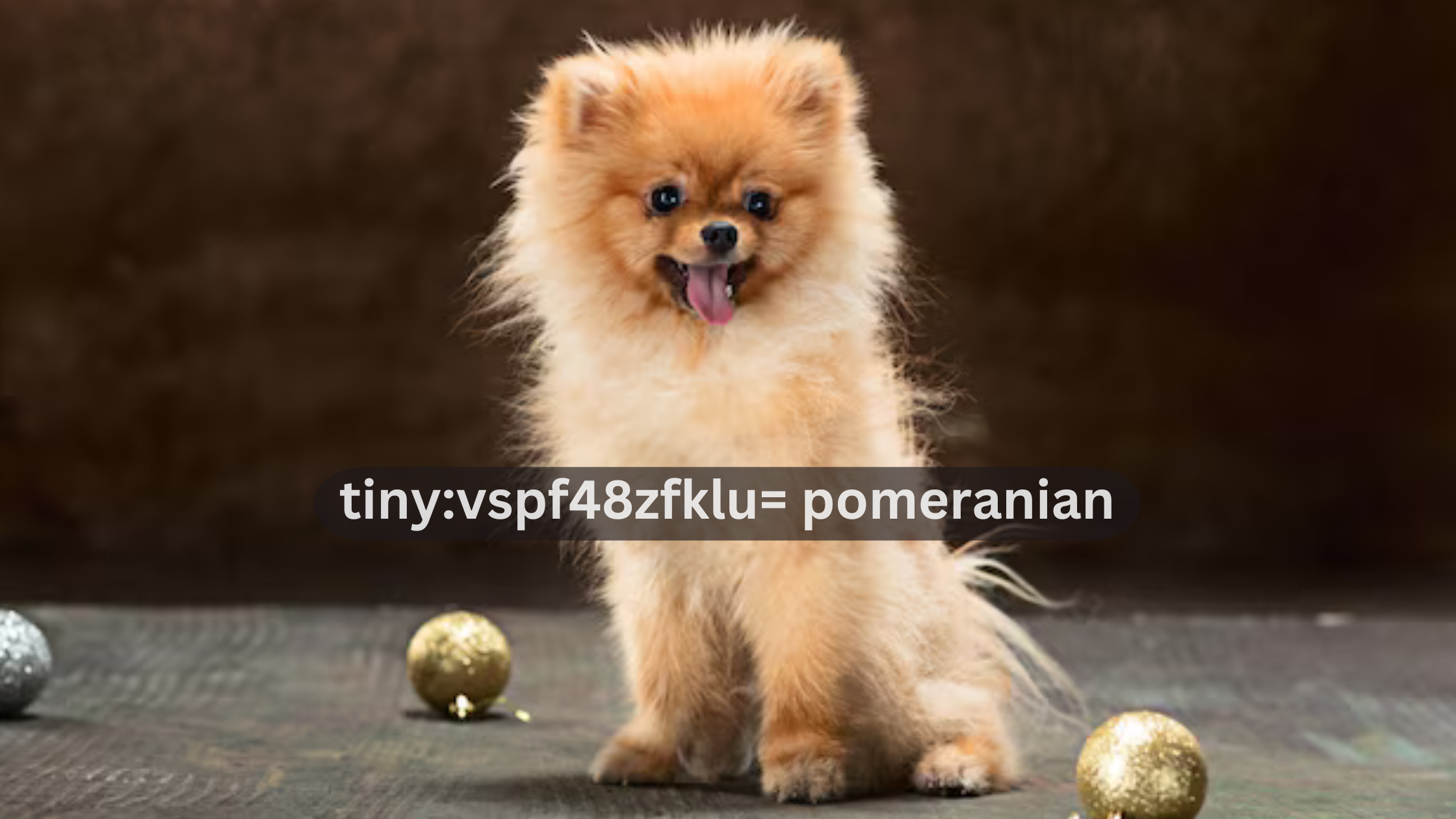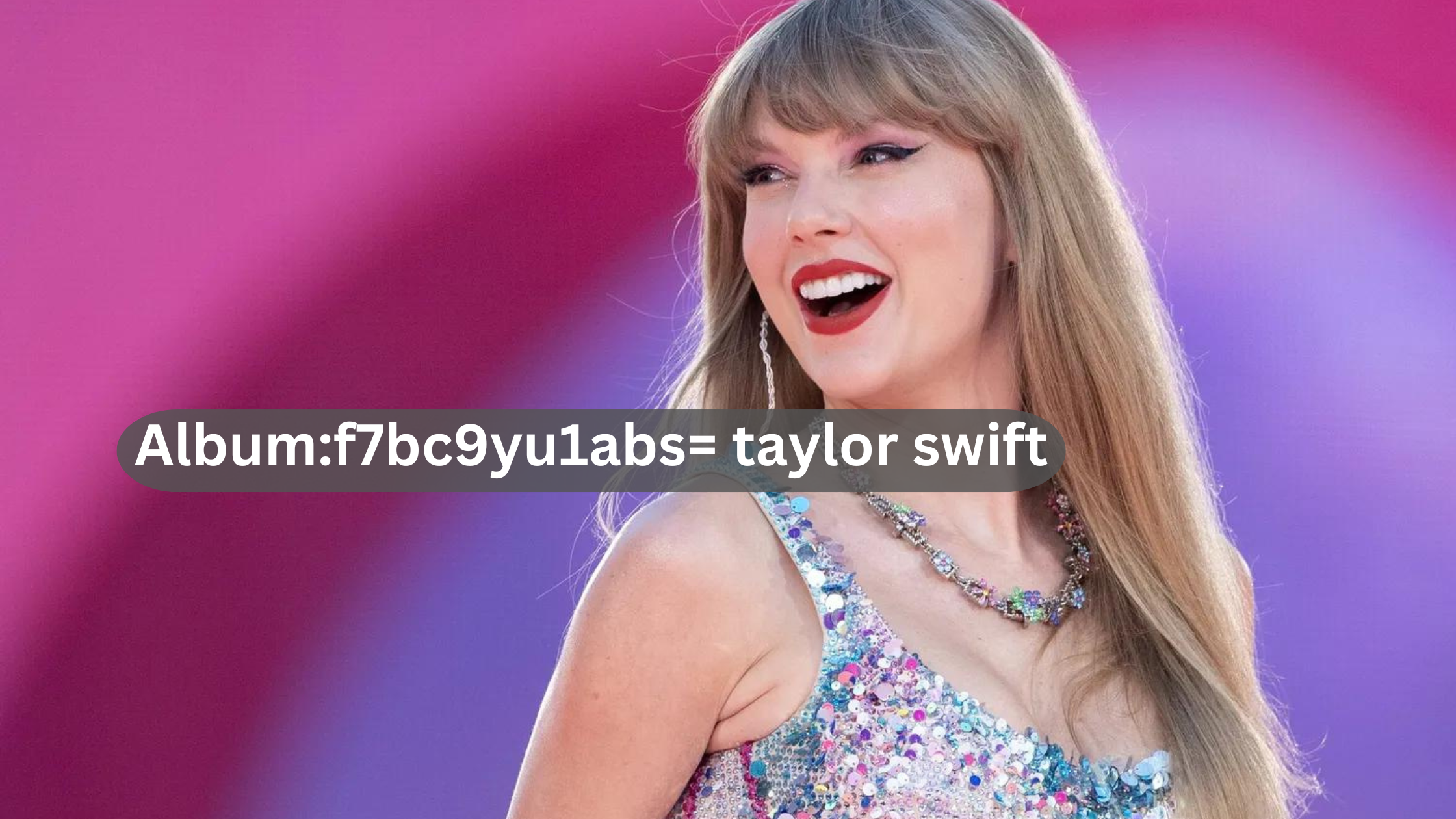Introduction – Drawing:1enzi6g2cvg= Fox
Drawing:1enzi6g2cvg= Fox is an engaging and creative process that allows artists to explore the unique features and expressions of this beautiful animal. With their sharp eyes, bushy tails, and elegant bodies, foxes are a favorite subject for many illustrators. In this comprehensive guide, we will walk you through the essential steps of Drawing:1enzi6g2cvg= Fox, ensuring you can create a realistic and dynamic fox illustration. From understanding fox anatomy to mastering shading techniques, we’ll cover all you need to know to bring your fox drawings to life.
Drawing:1enzi6g2cvg= Fox – Understanding Fox Anatomy
To successfully embark on Drawing:1enzi6g2cvg= Fox, one must first understand the anatomy of a fox. Foxes possess a distinct set of features that make them easily recognizable, such as their narrow snouts, pointed ears, and thick, bushy tails. These anatomical traits are crucial to get right when aiming for an accurate depiction. By familiarizing yourself with these aspects, your Drawing:1enzi6g2cvg= Fox will have a more realistic foundation to build upon.
In Drawing:1enzi6g2cvg= Fox, the head structure is essential. The fox’s head is triangular with a sharp, elongated snout and large, expressive eyes. The placement of the ears, which are upright and slightly pointed, adds to the alert and curious nature of the animal. These elements need to be well proportioned to capture the true essence of a fox in your artwork.
The body of the fox in your Drawing:1enzi6g2cvg= Fox should reflect its agile nature. Foxes have lean, muscular bodies designed for swift movement. The limbs are long and slender, and the body tapers down to a bushy tail that balances the fox as it moves. By understanding these physical characteristics, you can depict a fox that looks both natural and lifelike.
Moreover, focusing on the small details in Drawing:1enzi6g2cvg= Fox—such as the placement of the whiskers, the texture of the fur, and the structure of the paws—can significantly enhance the realism of your drawing. These anatomical details are what make a fox unique, and capturing them accurately will bring your illustration to life.
Drawing:1enzi6g2cvg= Fox – Sketching the Basic Shapes
Before diving into the finer details, start Drawing:1enzi6g2cvg= Fox by outlining the basic shapes that make up the fox’s form. Begin with simple geometric shapes such as circles, ovals, and triangles to represent different parts of the body. This approach helps establish the overall proportions and positioning of the fox in your artwork.
When Drawing:1enzi6g2cvg= Fox, sketch a circle for the head, an oval for the body, and smaller circles for the joints of the legs. The tail can be represented with a long, flowing line that curves naturally. These basic shapes act as the skeleton of your drawing, providing a framework that you will refine in later steps.
Using light pencil strokes, begin to flesh out the fox’s body. This part of Drawing:1enzi6g2cvg= Fox is all about getting a feel for the overall structure and ensuring that all body parts are proportionally correct. Adjust the shapes as necessary to make sure the posture and movement of the fox are captured accurately.
As you continue Drawing:1enzi6g2cvg= Fox, you can start adding more complex shapes to define muscle groups and other anatomical features. By building up your drawing from basic shapes, you create a strong foundation that makes the subsequent steps much easier and more effective.
Drawing:1enzi6g2cvg= Fox – Refining the Features
Once the basic shapes are in place, the next step in Drawing:1enzi6g2cvg= Fox is to refine the fox’s features. Focus on the face, as this is the most expressive part of the animal and will bring your drawing to life. Pay particular attention to the eyes, nose, and mouth, as these elements convey much of the fox’s character and emotion.
In your Drawing:1enzi6g2cvg= Fox, start refining the eyes by adding more detail to the pupils and surrounding areas. Foxes have almond-shaped eyes that should be shaded to give depth and a sense of realism. The nose is small and sits at the end of the snout, and should be drawn with a slight upward curve to capture the fox’s inquisitive nature.
Moving down to the body, in Drawing:1enzi6g2cvg= Fox, begin to outline the fur direction and texture. Foxes have varying fur lengths, with shorter fur around the face and longer, thicker fur around the neck and tail. Detailing the fur in the correct direction will add dimension and flow to your drawing, making the fox look more dynamic and lifelike.
The legs and paws also require attention in Drawing:1enzi6g2cvg= Fox. Make sure to draw them with the correct proportion and positioning, showing the fox in a natural stance or in motion. Pay attention to the joints and how they bend, as this will make your fox appear more realistic and anatomically correct.
Drawing:1enzi6g2cvg= Fox – Adding Fur Texture and Detailing
Adding fur texture is an important step in Drawing:1enzi6g2cvg= Fox, as it provides depth and realism to your illustration. Start by lightly sketching the direction of the fur growth across different parts of the fox’s body. Fox fur tends to be smooth around the face and longer and shaggier around the neck and tail.
When detailing fur in your Drawing:1enzi6g2cvg= Fox, use short, quick pencil strokes to mimic the natural appearance of fur. Vary the length and direction of your strokes to add dimension and movement to the fox’s coat. This technique helps in creating a realistic texture that makes the fox appear more three-dimensional.
Focus on areas where fur clumps or changes direction, such as around the joints and the base of the tail, in your Drawing:1enzi6g2cvg= Fox. These details can enhance the natural look of the fox, making it appear more lifelike. Layering the fur texture by building up layers of shading and detailing can also add a sense of volume and depth to your illustration.
Finally, ensure that the fur transitions smoothly between different areas in your Drawing:1enzi6g2cvg= Fox. For instance, the transition from the head to the body should show a gradual change in fur length and thickness. This attention to detail will enhance the overall realism and cohesiveness of your drawing.
Drawing:1enzi6g2cvg= Fox – Mastering Shading Techniques
Shading is a critical aspect of Drawing:1enzi6g2cvg= Fox that adds depth and dimension to your artwork. Start by deciding on the light source in your composition, which will dictate where shadows and highlights fall on the fox’s body. Proper shading can make your fox appear three-dimensional and give it a more dynamic presence on the page.
In Drawing:1enzi6g2cvg= Fox, use a range of pencil shades from light to dark to create gradients. Begin with light shading to establish the basic form, and gradually add darker shades to build depth. Pay attention to how light interacts with the fur texture; shadows will appear denser in areas where the fur is thicker or more textured.
Highlighting is equally important in Drawing:1enzi6g2cvg= Fox. Use a kneaded eraser or a white pencil to lift the lighter areas, such as the tops of the ears, the bridge of the nose, and the edges of the tail. This contrast between light and dark will give your drawing a more realistic appearance and emphasize the texture and details of the fox’s fur.
Incorporate different shading techniques, such as cross-hatching and stippling, in your drawing:1enzi6g2cvg=fox to add variety to the textures and tones. Experiment with these methods to find what best suits your style and the look you want to achieve in your fox illustration.
Drawing:1enzi6g2cvg= Fox – Final Touches and Conclusion
As you approach the end of Drawing:1enzi6g2cvg= Fox, focus on refining your work and adding the final touches. Look over your drawing to identify any areas that might need more detail or correction. The final touches can make a significant difference in bringing your fox illustration to life.
Consider adding small details like whiskers, individual strands of fur, or even subtle markings to enhance the realism of your Drawing:1enzi6g2cvg= Fox. Ensure that the eyes are well-defined and expressive, as they are crucial to conveying the fox’s personality. These finishing touches will give your drawing a polished and complete look.
Finally, review the overall composition of your Drawing:1enzi6g2cvg= Fox. Make sure that all elements are balanced and that the fox is well-positioned within the space. A well-composed drawing will not only look aesthetically pleasing but will also highlight the skill and care that went into the artwork.
In conclusion, Drawing:1enzi6g2cvg= Fox is a delightful challenge that allows for a great deal of creativity and expression. By following the steps outlined in this guide, you can develop your skills and create a stunning fox illustration. Remember, practice and patience are key, so keep refining your techniques and enjoy the artistic journey!





